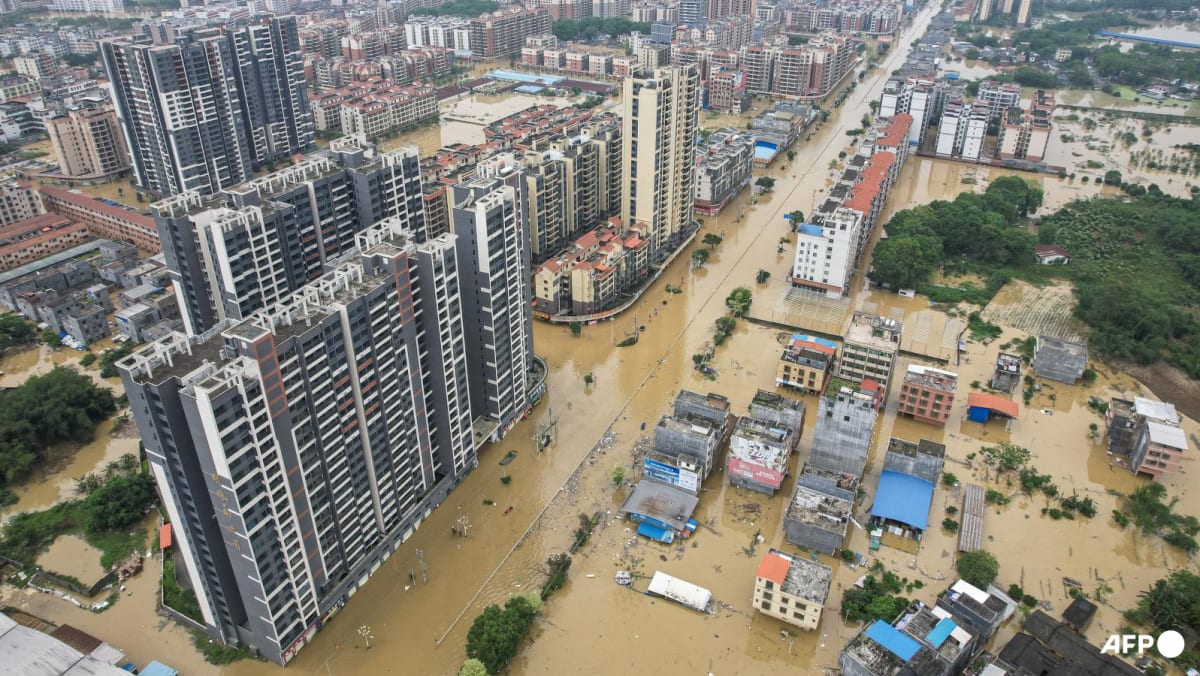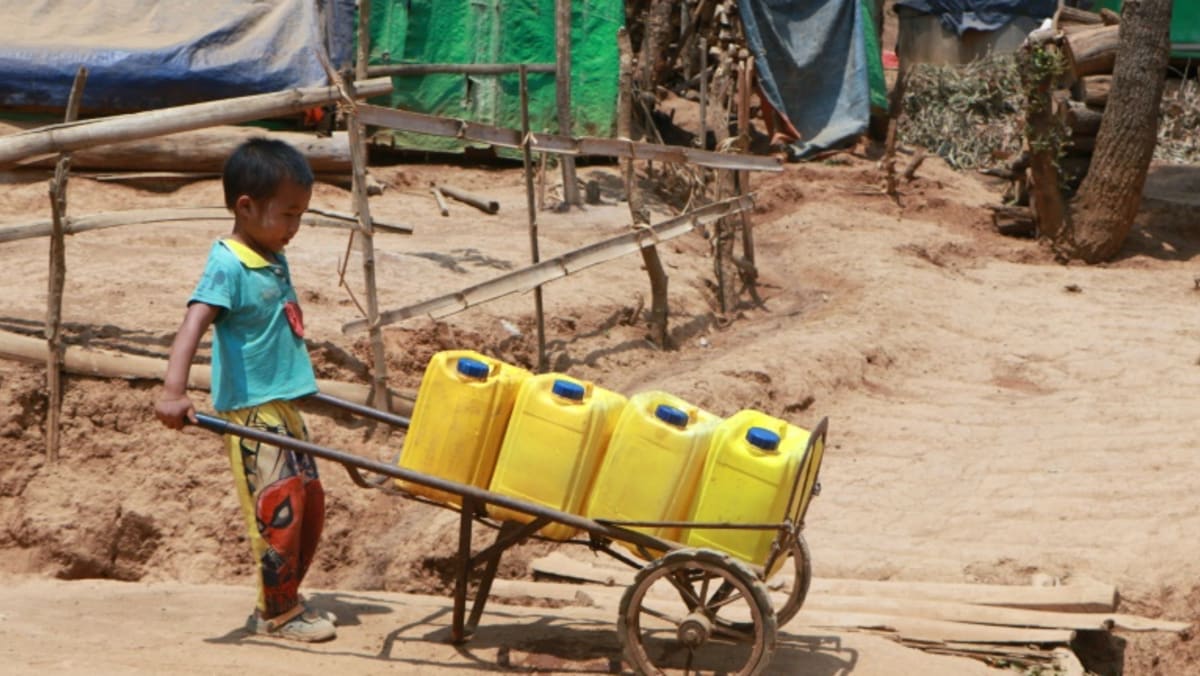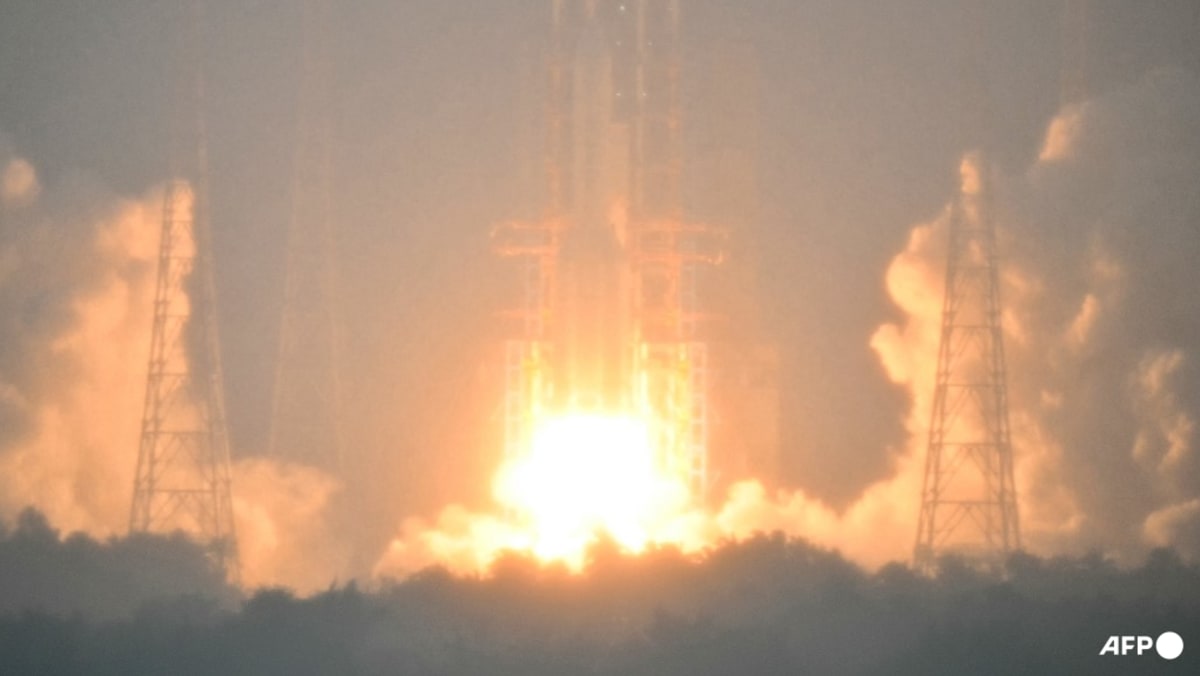Four people have so far died and 10 are missing, according to state media.
Climate change driven by human-emitted greenhouse gases makes extreme weather events more frequent and intense, and China is the world’s biggest emitter.
Aerial shots from the province showed brown gashes in the side of a hill – the aftermath of landslides that had occurred behind a town on the banks of a swollen river.
Soldiers could be seen operating excavators in an attempt to clear away the muddy debris produced by the downpour.
“TAKE PRECAUTIONS”
Guangdong is China’s manufacturing heartland, home to around 127 million people.
“Please quickly take precautions and stay away from dangerous areas such as low-lying areas prone to flooding,” authorities in Shenzhen said in issuing Tuesday’s red alert.
“Pay attention to heavy rains and resulting disasters such as waterlogging, flash floods, landslides, mudslides, and ground caving in.”
Heavy rain is expected to continue in Shenzhen for the next two to three hours, authorities said.
In recent years China has been hit by severe floods, grinding droughts and record heat.
That has meant that authorities are typically very quick to deploy, making casualties much lower than in previous decades.
Last September Shenzhen experienced the heaviest rains since records began in 1952, while the nearby semi-autonomous city of Hong Kong saw its heaviest rainfall in nearly 140 years.
Asia was the world’s most disaster-hit region from climate and weather hazards in 2023, the United Nations has said, with floods and storms the chief cause of casualties and economic losses.














